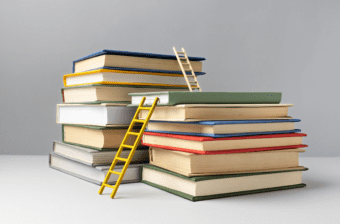The Problem
Innovation in America’s public school sector has lagged considerably, with many classrooms relying on decades-old pedagogical models. Since the early 1990s charter schools have introduced and field-tested a range of inventive approaches, but lessons learned about what strategies have and have not been effective have neither been shared widely nor applied more broadly within public schools.
The Proposal
Drawing on data from New York City’s robust charter school system—and cross-referencing those findings against results from the Houston and Denver charter systems—we find that five approaches account for roughly 50 percent of the difference between low- and high-achieving programs. A series of recommended reforms draw on these outcomes, including suggestions to invest in professional development of new teachers, to make better use of in-classroom assessment data, to use targeted, intensive tutoring supports, to increase instructional time, and to cultivate a culture of high expectations.
Abstract
Our education system is in desperate need of innovation. Despite radical advances in nearly every other sector, public school students continue to attend school in the same buildings and according to the same schedule as students did more than a hundred years ago, and performance is either stagnant or worsening. One of the most important innovations in the past halfcentury is the emergence of charter schools, which, when first introduced in 1991, came with two distinct promises: to serve as an escape hatch for students in failing schools, and to create and incubate new educational practices. We examine charter schools across the quality spectrum in order to learn which practices separate high-achieving from low-achieving schools. An expansive data collection and analysis project in New York City charter schools yielded an index of five educational practices that explains nearly half of the difference between high- and low-performing schools. We then draw on preliminary evidence from demonstration projects in Houston and Denver and find the effects on student achievement to be strikingly similar to those of many high-performing charter schools and networks. The magnitude of the problems in our education system is enormous, but this preliminary evidence points to a path forward to save the 3 million students in our nation’s worst-performing schools, for a price of about $6 billion, or less than $2,000 per student.




